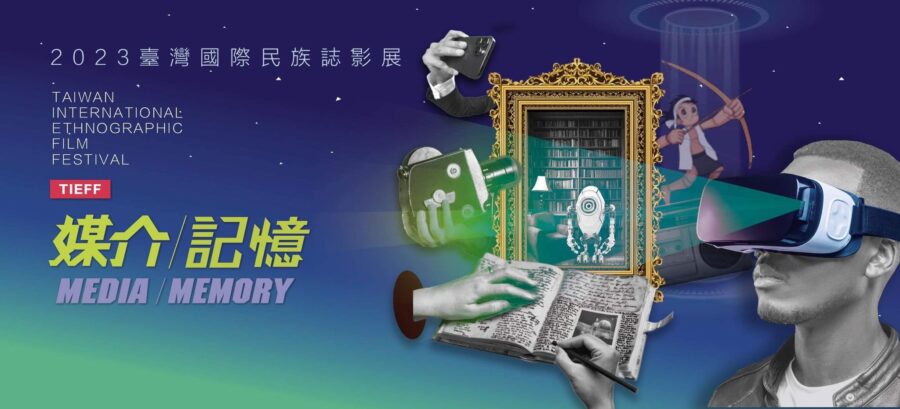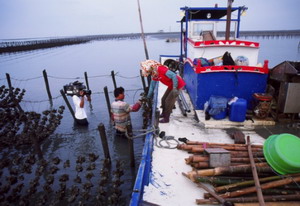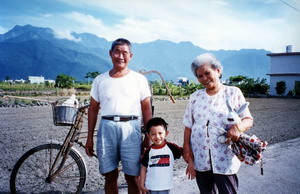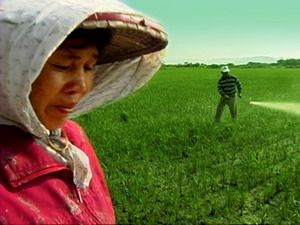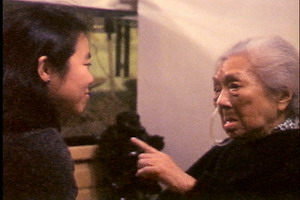Experimental Taiwanese
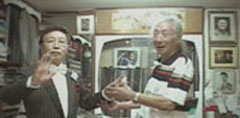
“The Moon is the earth’s only satellite, and the fifth largest in the solar system. Its surface is full of meteorite pits, high mountains, and plains; quite desolate, a world of deadly stillness. When we’re looking into the starry sky, we’re actually peeking into its past…”
Hebei origin, air-force officer retiree, Mr. Chou, now diligently learning Taiwanese, met “Chang Jiang No. 1,” China’s top secret agent during Sino-Japanese war, on a Peking opera’ seminar. Chou’s flat moon life has then been sparkled. He started to talk around about the heroic accomplishments this “Chang Jiang No.1” had done. This person, “who contributes most to China,” gradually becomes Chou’s only mark on the Moon.
Is “homesickness” a gene? Inheritable? Transplantable? Can be parted or chosen? Contagious? Needs regular purging like computer viruses? … Through the story between Mr. Chou and “Chang Jiang No.1.” the film uses lively rhythm to represent the interesting homesickness issue. The director adopts a humorous way to re-present these new Taiwanese in Taiwan.
As for whether “Chang Jiang No.1” is a real person or not is up to the audience to decide.
